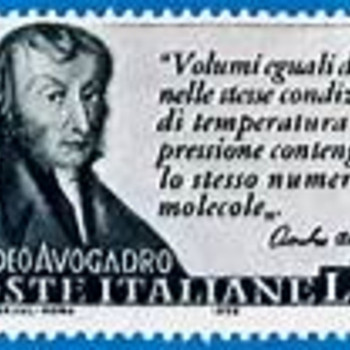How many grams of #H_2# are needed to produce 11.27 g of #NH_3#?
2 Answers
We need (i) the stoichiometric equation, and (ii) the equivalent mass of dihydrogen.
Explanation:
Whatever this molar quantity is, it is clear from the stoichiometry of the reaction that 3/2 equiv of dihydrogen gas were required. How much dinitrogen gas was required?
2.001 g hydrogen gas is needed to produce 11.27 g ammonia if nitrogen gas is present in excess.
Explanation:
Start with a balanced equation.
Since the question concerns the mass of hydrogen gas needed, the assumption is that nitrogen gas is in excess.
The molar masses of
http://pubchem.ncbi.nlm.nih.gov/compound/783
http://pubchem.ncbi.nlm.nih.gov/compound/222#section=Top
We will be making the following conversions: mass
-
Determine moles of
#"NH"_3"# by dividing the given mass by its molar mass. -
Determine moles of
#"H"_2"# by multiplying the mole ratio from the balanced equation between#"H"_2"# and#"NH"_3"# with moles#"H"_2"# in the numerator.#(3"mol H"_2)/(2"mol NH"_3)# -
Determine mass of
#"H"_2"# by multiplying moles#"H"_2"# by its molar mass.
2.001 g hydrogen gas is needed to produce 11.27 g ammonia if nitrogen gas is present in excess.


